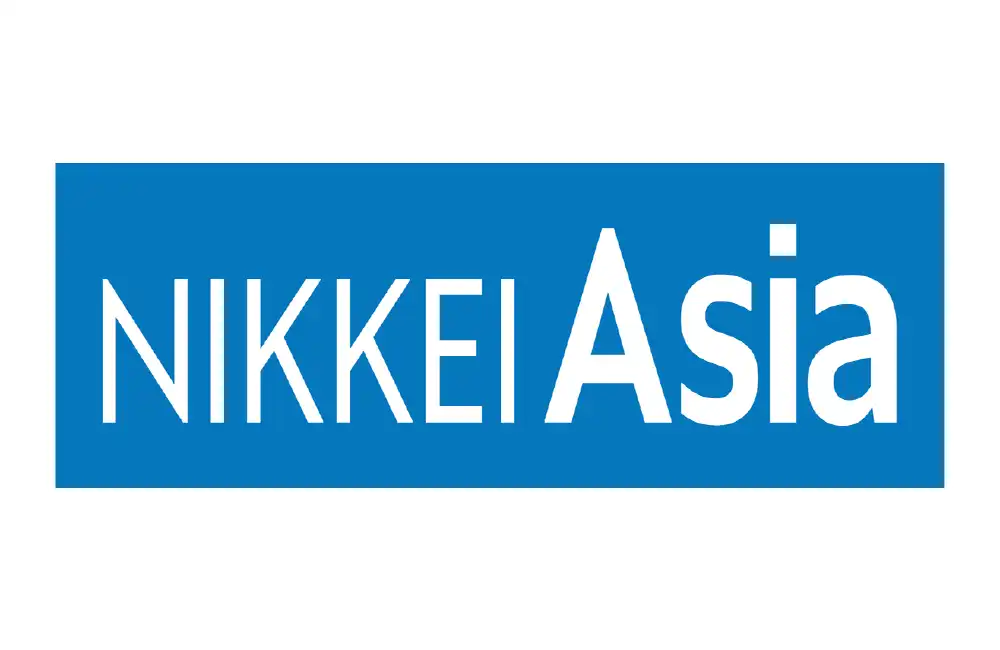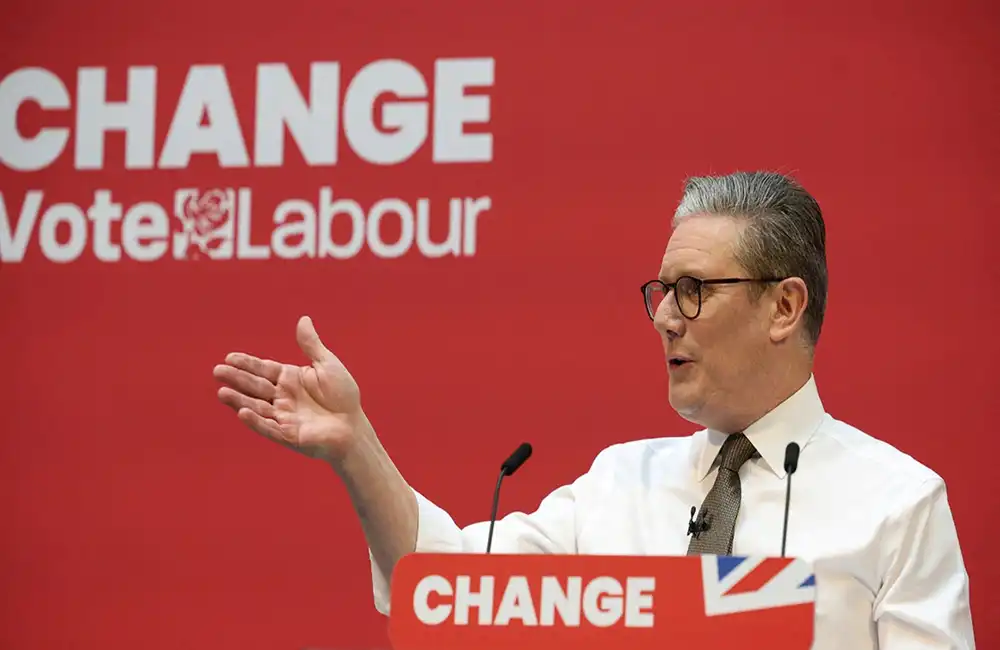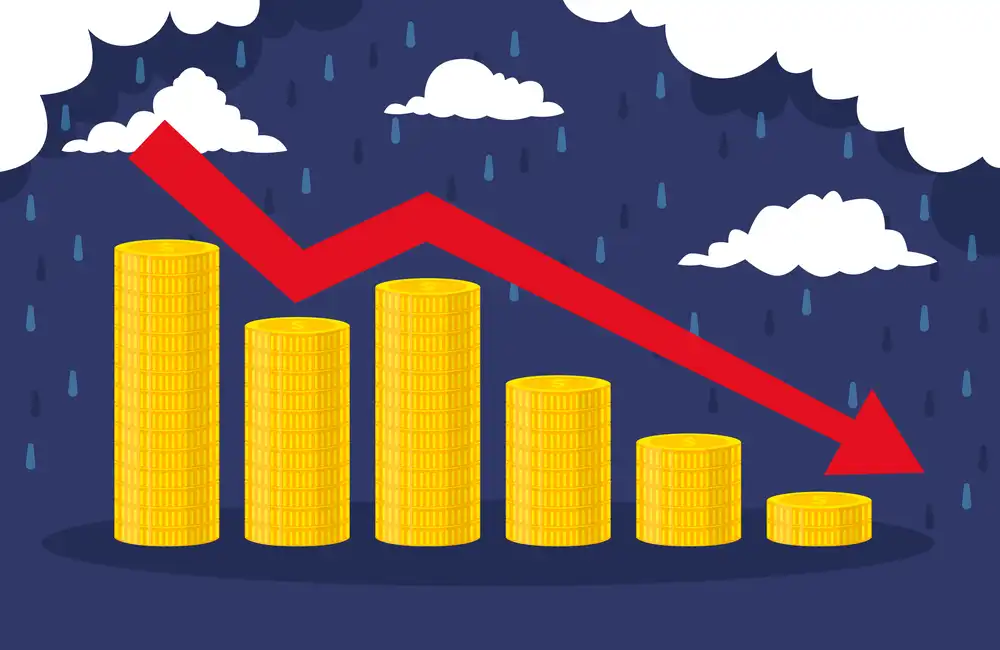Panelists speaking March 22 during a webinar agreed that strong international cooperation is needed along with supportive domestic policies in order to advance the US-EU plan for the world’s first carbon-based arrangement on steel and aluminum trade.
US and EU Collaboration on Steel and Aluminum Decarbonization
The US and EU first announced in October that they would consult on arrangements for trade in the steel and aluminum sectors, addressing both global non-market excess capacity and the carbon intensity of those sectors.
“If we shape demand for less carbon-intensive and more low-carbon-intensive steel and aluminum produced by American and European companies, we can place a value on polluting inputs that enables high-carbon industries to thrive,” Katherine Tai, the U.S. trade representative, said in pre-taped remarks during a webinar hosted by The Roosevelt Institute, a liberal think tank. “What this agreement does is give us a gold-standard model for the rest of the world to follow.”
The US and EU have said they would invite other like-minded economies to join the arrangements, adopting a club approach rather than negotiating through an outlet like the World Trade Organization, which hasn’t successfully concluded negotiations on any subject since its founding in 1995, said Tim Meyer, a law professor and director of the International Legal Studies Program at Vanderbilt Law School.
This approach, and the support expressed by the domestic steel industry for a global agreement of this kind, are both advantages to the potential for decarbonizing the sector and could help decarbonization efforts outside of steel, he said.
“When you begin to consider the concept of a club-based model...and you can see that you have the support of industry, you have the support of the US and its allies in Europe … I think then you see the ingredients of a policy that is going to be, I think, very active as I think of as a demonstration project for the broader applicability of trade policy as one tool in the toolbox to pursue decarbonization,” Myer said.
Domestic Policymaking Must Reinforce Efforts Abroad
But for the United States to succeed in its attempts to curb overcapacity and emissions abroad, it is going to need domestic policies that incentivize clean domestic production to evolve alongside them, said Erin Mayfield, an assistant professor of engineering at Dartmouth College.
“With US decarbonization, there’s going to be increased demand for the types of products that come from steel and aluminum, like [electric vehicles], wind turbines, and solar panels, so clean energy standards and EV purchase subsidy incentives create the demand for these products,” she said.
Domestic policies, such as federal or state procurement provisions, can also help ensure that demand is fulfilled with materials produced through low-carbon processes, Mayfield added. Federal funding, meanwhile, for demonstration of technologies and infrastructure that the carbon capture and hydrogen hubs will depend on, is also critical, enabling actions that will facilitate the deep reduction of emissions domestically in the industrial sectors down the line, she said.
Industry Perspectives on Green Steel
Michelle R. Johnson, vice president of sustainable development at the Worldsteel Association, said she views the trade agreement the US is negotiating with the EU over green steel as a significant step forward toward what is shaping up to be a new investment strategy for the country.
“Successfully implementing this new strategy, of course, requires deep and reliable financing in the short and longer terms,” she said.
A sector-wide transition to clean products and technologies is a capital-intensive process with a long lead time, Omarova said.
“It’s going to require a ton of sustained investment to drive economic and environmental and social benefits out well into the future,” she said. “It’s going to take a lot of coordination between a lot of actors at a lot of levels to make sure capital is being deployed beneficially for the American people.”
For providing this sort of strategic long-term investment, the US government needs new tools that are much stronger and more agile than what it now has at its disposal, she said.
Government Investment Plans
President Joe Biden and Congress have already made clear their intention to intensify investment in US infrastructure supply chains, with multiple legislative proposals before Congress in recent months, including the Build Back Better Act and America COMPETES Act, committing large sums to strengthening domestic industries, she said.
The Biden administration is also trying to put into place new investments for deploying clean hydrogen and new actions to help responsibly scale up carbon capture, both of which could help reduce emissions from the steel and aluminum sectors, said Jane Flegal, senior director for industrial emissions at the White House.
Challenges in Measuring Emissions and Subsidies
From an international perspective, one of the major challenges for the US and European Union will be working through how to account for emissions in those steel and aluminum sectors and how to measure progress, Myer said. Moreover, the parties will need to determine what kinds of subsidies would be allowed under such an arrangement, and what would be considered excessive, he added.



















